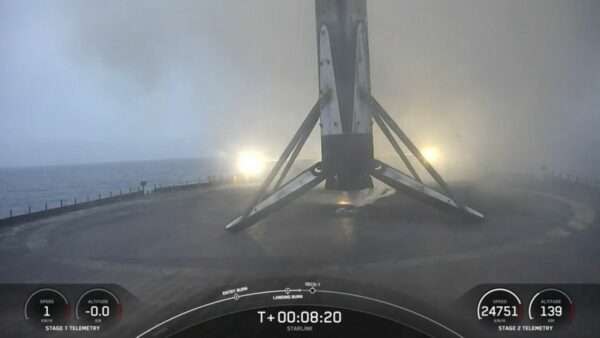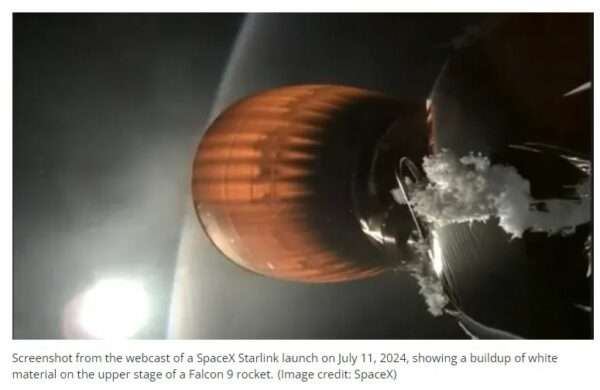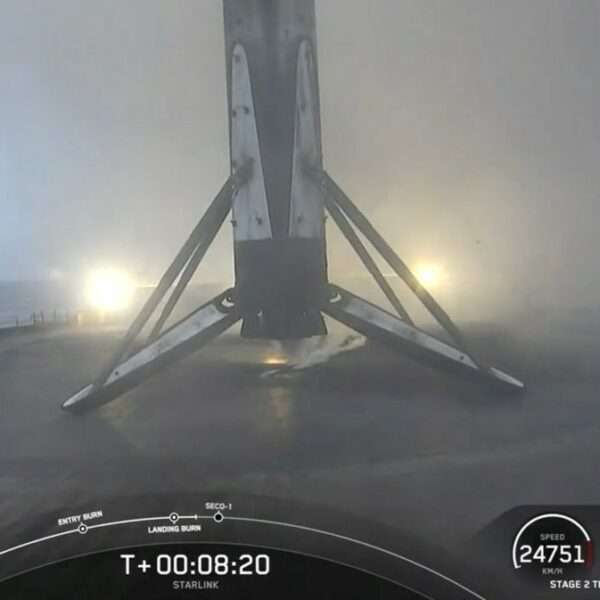SpaceX Falcon 9 Failure: NASA’s Review and Implications for Future Launches
SpaceX’s ambitious plans for 2024 have hit a significant hurdle. In this post, we delve into the recent Falcon 9 rocket failure, the ensuing independent review by NASA, and what this means for upcoming missions to the International Space Station (ISS).
Background on Falcon 9 Incident; On July 11, 2024, SpaceX’s Falcon 9 experienced a rare engine failure during a Starlink launch due to an oxygen leak. This incident has prompted NASA to undertake its own re-authorization process.
NASA’s Independent Review Process
Despite the FAA’s ongoing investigation, NASA has stated it will conduct its own detailed review of Falcon 9’s safety protocols and procedures. Dana Weigel, NASA program manager, emphasized the necessity of this independent assessment to ensure all safety measures meet the stringent requirements set by the agency.
Upcoming Missions and Potential Impacts
- Crew-9 Mission: Scheduled for mid-August, this mission involves sending four astronauts to the ISS.
- Cargo Supplies: Northrop Grumman’s Cygnus spacecraft, set to launch on Aug. 3, will bring essential supplies, including hardware to fix an ailing urine processor on the ISS.
Safety Measures and Public Statements
NASA and SpaceX have reiterated their commitment to crew safety and mission assurance. An official NASA statement underscored this, highlighting the cooperation between SpaceX and regulatory bodies.
“The FAA is responsible for and committed to protecting the public during commercial space transportation launch and reentry operations,” the FAA said in a statement. “The FAA is reviewing the request and will be guided by data and safety at every step of the process.”
Following liftoff from Vandenberg Space Force Base on July 11, the Falcon 9’s second stage experienced a liquid oxygen leak, which prevented it from circularizing its orbit before releasing the 20 Starlink satellites. This incident prompted SpaceX to submit a request to the FAA on July 15 for a public safety determination to resume launches while the mishap investigation continues.
Corrective Actions and Public Safety Determination
The FAA has two means of allowing a rocket to return to flight operations following a mishap:
- The approval of a launch operator-led mishap investigation final report, including corrective actions.
- Issuance of a public safety determination if the mishap did not involve safety-critical systems or jeopardize public safety.
“The FAA will review the request, and if in agreement, authorize a return to flight operations while the mishap investigation remains open and provided the operator meets all relevant licensing requirements,” the FAA website states.
SpaceX’s Preliminary Findings
SpaceX outlined its initial findings on its website, noting that the liquid oxygen leak prevented the Merlin vacuum engine on the upper stage from completing its second burn. Although the stage survived and deployed the satellites, it did not successfully circularize its orbit, leaving the satellites in an eccentric orbit with a very low perigee of 135 km. SpaceX added that the satellites are expected to re-enter Earth’s atmosphere and fully demise, posing no threat to other satellites or public safety.
Implications for SpaceX’s Launch Schedule
If the FAA agrees with SpaceX’s determination, Falcon 9 could resume launching soon. The company has tentative plans for the Starlink 10-4 and Starlink 10-9 missions from its Florida launchpads, pending FAA approval. However, SpaceX may need to wait until the investigation is complete before resuming customer and government missions, such as the Northrop Grumman Cygnus spacecraft launch or the Crew-9 astronaut flight.
NASA’s Collaboration and Insight
NASA has highlighted that it receives comprehensive updates from SpaceX regarding Falcon 9 through its fleet review process. This collaborative approach ensures that NASA is well-informed about any issues and the proposed resolutions.
“Crew safety and mission assurance are top priorities for NASA. SpaceX has been forthcoming with information and is including NASA in the company’s ongoing anomaly investigation to understand the issue and path forward,” NASA stated on July 12. “NASA will provide updates on agency missions including potential schedule impacts, if any, as more information becomes available.”
The rare Falcon 9 failure has brought SpaceX’s safety protocols under scrutiny. While the investigation continues, all eyes are on how the company and NASA address these challenges to ensure the safety and success of future missions. This incident and its handling are likely to influence safety protocols and regulatory standards across the aerospace industry. Aerospace stakeholders should stay informed on the outcomes of the investigations and reviews to adjust their processes accordingly.
What are your thoughts on the Falcon 9 failure?, and the ensuing reviews?
Falcon 9 Users Guide 2021 (pdf)
Download my first Mitigation Paper for sharing with SpaceX and the Public on the below link
SpaceX Product Payload Mitigation (PDF)
For more detailed information, visit Space.com and NASA’s official website




